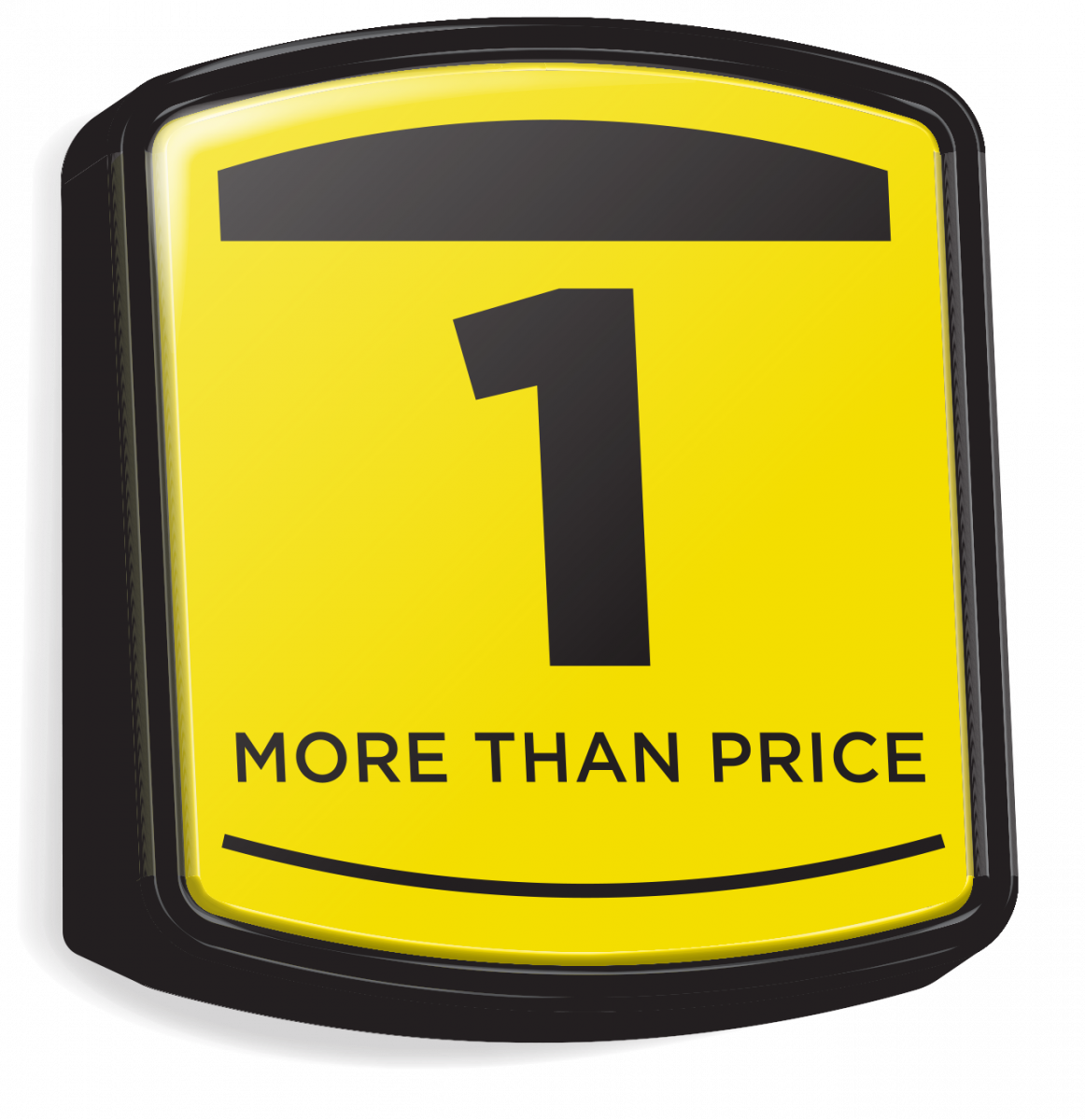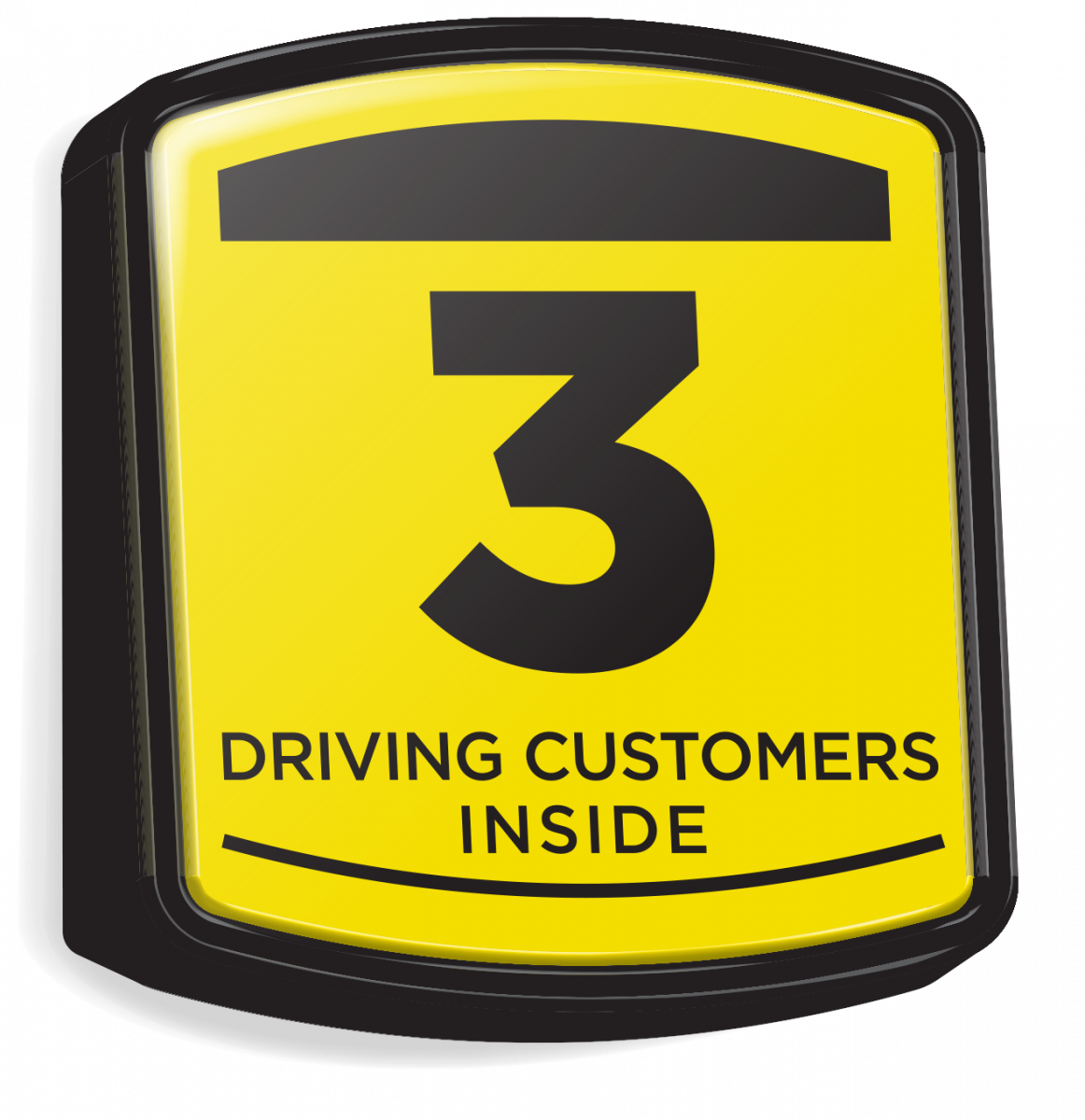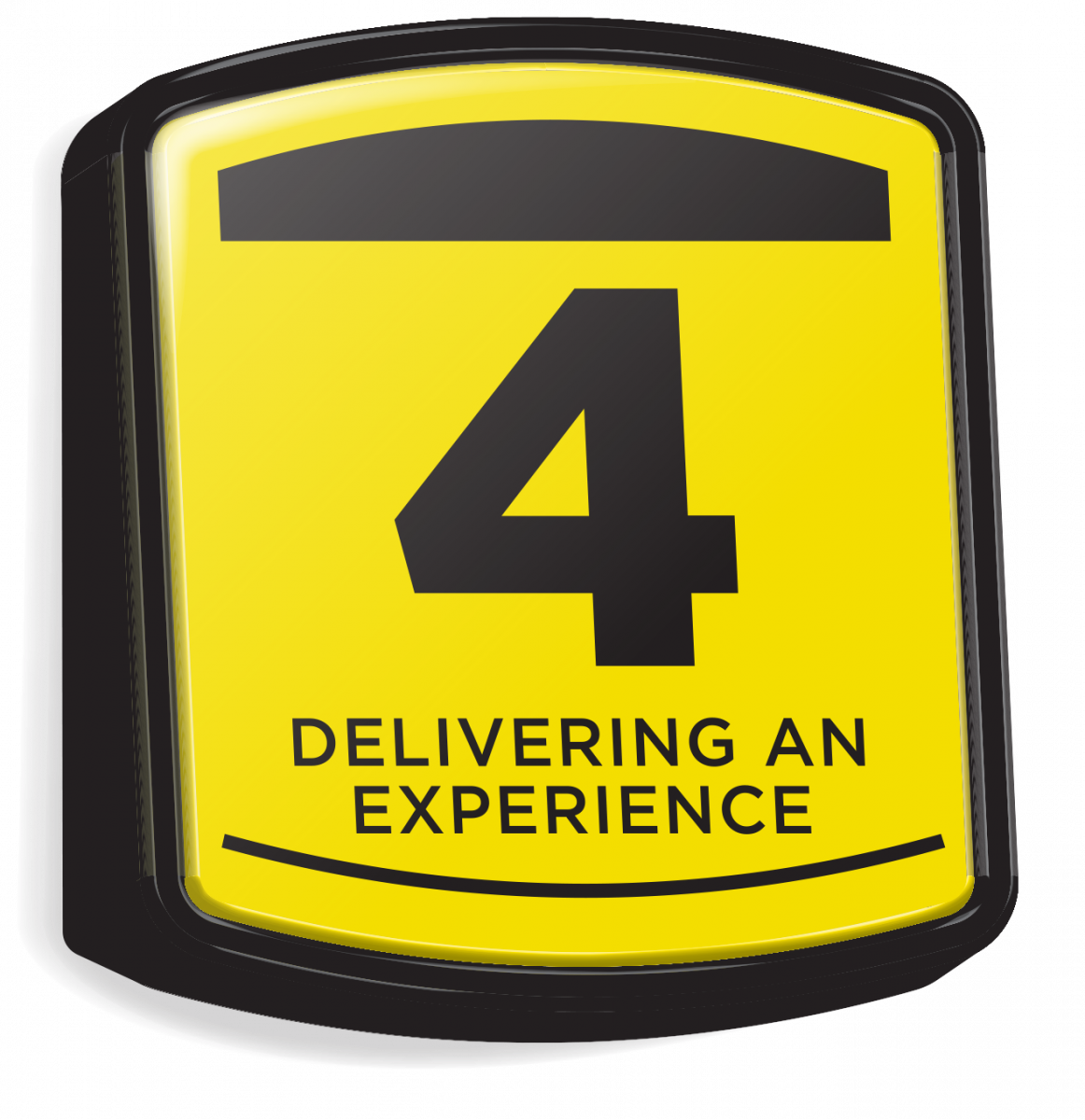We rang in 2020 with the average gasoline price ($2.58) essentially the same as when 2010 began ($2.67). And the number of convenience stores selling fuel also was largely the same: 121,998 stores, compared with 115,340 stores in 2010—only a 5.8% increase.
On the surface, nothing changed during the past decade, but under the surface everything changed:
- The expansion and contraction of new fueling options like hydrogen, LNG, CNG and propane and the decided winner—at least for the moment—EVs and hybrid vehicles.
- Disruptions from new technologies and mobility options emerged, changes largely brought on by the internet and mobile communications; for example, the rise of ridesharing, electric vehicles, advanced driver assistance systems and on-demand fueling at home/work.
- The incredible rise of U.S. supplied fuel. The U.S. Energy Information Administration (EIA) forecasts that U.S. oil production will grow to 13.3 million barrels per day (bpd) in 2020, a staggering 146% increase from its forecast of 5.45 million bpd in 2010.
- The decade was really two five-year cycles in terms of prices. During the first half (2000-14), prices rarely dipped below $3 per gallon on a national basis. For the rest of the decade, gas prices never reached $3 per gallon.
- Fuel margins surged, particularly during the past five years of sub-$3 gas. In 2009, fuel margins hit a record 13.1 cents per gallon (cpg). In 2019, they reached a new record of 24.6 cpg, per OPIS MarginPro.
Amid 10 years of changes, opportunities and uncertainties, fuel retailers are optimistic heading into 2020.
Amid 10 years of changes, opportunities and uncertainties, fuel retailers are optimistic heading into 2020. Nearly two in three NACS members (62%) said they sold more fuel in 2019 than 2018, according to the December 2019 NACS member survey. A potential decrease in driving/potential increase in gas prices rated only fifth on their list of concerns for 2020. And a record 89% of retailers said they are optimistic about their business prospects heading into the first quarter of 2020.
The previous decade also saw a massive transformation of convenience store food offers. In-store sales have steadily climbed, especially sales of prepared and fresh foods. Stories like CNN’s January 2020 two-part series on “How fast, good food saved convenience stores” and how convenience stores are “America’s new favorite restaurants” are more commonplace as c-stores continue becoming great food destinations that happen to sell fuel.
All of this provides context for what the industry can expect going forward, based on the latest findings from the 2020 NACS Consumer Fuels Survey. The results uncover how consumers are shopping your stores, what’s driving their behavior and how to apply these insights to your business.

We know from previous surveys that the price per gallon is the top reason consumers choose where to purchase gasoline. However, with five straight years of sub-$3 gas, consumers are not as driven by price in 2020 (58%) as they were five years ago (71%).
Today, more consumers say the in-store offer determines where they purchase gas: 5% of all drivers cite the in-store offer as the primary reason they select a place to fuel up—and 10% of younger consumers (ages 18 to 34) choose where to fill up based on what they plan to purchase inside the store.
The quality of the in-store offer also is driving consumer preferences for certain stores or brands: Nearly two in three drivers (62%) say they prefer a certain c-store or chain, which is double the amount from eight years ago.
Do you prefer a certain chain or store?
This preference for a specific store—whether it’s about the loyalty program, food, employees or prices—is the single-biggest determinant for why someone chooses a convenience store to fill up.
Here’s even more proof that your brand—and your in-store offer—is just as important as your gas price: We found that more people will go out of their way to go shop a store they like (72%) than a store with low gas prices (63%).

The EIA projects that gasoline demand in 2020 will remain unchanged from the level in 2019 (9.3 million barrels per day), and consumers seem to agree with that assessment, with roughly the same percentage saying they will either drive more or less.
Compared to a year ago, are you:
Not surprisingly, economic concerns are among the top reasons people say they are driving less. For example, 31% say they have less money to spend on gas. Among those who say that lifestyle changes are why they’re driving more: 51% have more errands, and 33% drive their children to more activities.
Younger consumers choose where to fill up based on what they plan to purchase inside the store.
Meanwhile, two-thirds of all consumers (66%) commute daily to their job, and most drive alone (86%), followed by carpooling (4%) and using public transportation and car-sharing services such as Lyft or Uber (3% each). People are increasingly using alternative transportation options. One in eight Americans (13%) say they take public transportation at least once a week, and 11% say they use a ridesharing service at least once a week, including 22% of people ages 18 to 34.
With 66% of Americans commuting daily, it’s not surprising that about the same percentage (58%) purchase gas during one of the rush hours. But for the third straight year, midday fueling is the most popular time to fill up. That reverses the trend from 2012 to 2018 when the evening rush was the most popular fueling time. What changed? In a word, “food.”
Our consumer data support what other analysts suggest: People will continue to drive at roughly the same rate and purchase fuel unless something dramatic in the market takes place, such as a sharp spike in oil prices or exponential uptake of electric vehicles.
So, let’s talk about EVs. In 2019, about 330,00 EVs were sold in the United States, accounting for less than 2% of all new car sales. And while EV sales were down 9% for the year, overall interest in EVs may soon expand. More than one in three drivers (36%) say they are likely to buy or lease a new car during the next two years, and EVs are a top consideration.
Would you consider buying any of the following types of vehicles? (multiple responses permitted)
While the general presumption is that EVs threaten fuel retailers in terms of reducing overall demand for gas, there are opportunities: Most drivers (54%) don’t have the ability to recharge an EV at home or work. Overall, 42% of drivers say they have a home suitable for charging, and 11% say their workplace is suitable for charging. Convenience stores could seize that opportunity, and they also are a perfect place to purchase food while waiting.

Knowing that customers are coming to your store for gas may seem obvious, but remember that their time on the forecourt is your chance to tell them why they should go inside the store as well. It could be the marketing at the pump, a clean fueling island and lot, welcoming design and signage—or your reputation. The good news is that it’s working: More and more, people filling up also are going inside the store. And for the first time in our surveys, most drivers who buy gas also are going inside (52% in 2020 vs. 35% in 2015). And, more than two in three drivers ages 18 to 34 come inside the store when they fill up their vehicles (68%).
What they’re doing inside the stores is largely the same as every survey since 2013, including purchasing drinks, snacks and other grab-and-go items.
While inside the store, consumers …
Also for the first time, the purchase of tobacco products dipped below 20%. Meanwhile, three actions on the rise during the past few years exemplify how stores are evolving from convenience defined as speed of service, to convenience as speed of service and one-stop shopping.
What did you do inside the store?
The growth of these three categories suggests a trend that buying gas alone is not the only reason for visiting a convenience store: More than half of all customers (56%) say they come inside the store first and then purchase fuel.
And as the quality of food in stores expands from handheld food to meals that require utensils, fewer customers are eating in their cars.
If you bought a sandwich or salad, where did you eat it?
Speaking of salads, 59% of consumers say they are satisfied with the healthy options offered at convenience stores, and 28% of customers say they choose healthier products. Not surprisingly, the age group most likely to purchase healthier products is 18 to 34 year-olds (40%). What may be more of a surprise is that men are almost twice as likely to purchase healthier items as women (37% vs. 21%).

Ultimately, it comes down to defining who most loves your store and creating an experience that resonates—and then seeing how that offer can attract new customers. Here’s the good news: A record percentage of customers (7%, a three-point increase from 2019) say they shop a c-store daily, while a record-low percentage of people say they never shop inside a c-store (11%, a steady decline from 17% in 2016).
How often do you make purchases from convenience stores?
Not surprisingly, younger consumers are far more likely to be daily shoppers: 13% of those ages 18 to 34 shop convenience stores daily, and 10% of those ages 35 to 49 are in stores every day. Men are much more likely to be daily customers than women (11% vs. 4%).
Besides gas price and the quality of food or beverages, what other factors might bring customers inside a store? Certainly, speed of service is a priority, but the overall story of how your company is a part of the community and employee engagement also can play a role.
For the first time in our surveys, most drivers who buy gas also are going inside the store.
These factors can help stores determine the story they want to tell their customers, but not everyone acts the same—or thinks the same—so it’s important to tell the story that best fits your brand.
There is no question that all consumers prize speed of service and convenience. So, what about new convenience offers that could redefine our industry?
The good news is that the new convenience that is most talked about in our industry—frictionless payment—also is the one in which most consumers are interested: 72% say they are interested in automatic checkout, which was nine points higher than the next most interesting idea (having food trucks near their home/office).
But the real story is why consumers want these technologies. It’s all about saving time.
Why would you say you are interested in … ?
The responses to this question are so stark that the old saying that “time is money” may need to be changed to “time polls two to three times better than money.”
Overall, the results from the latest NACS Consumer Fuels Survey demonstrate the continued importance of the quality of the in-store offer in relation to the price at the pump. And inside the store—or related to the in-store offer—consumers say that saving time is more important than saving money.
Of course, in any consumer survey it’s important to recognize that what someone says could be very different than what they do. Good prices are always important to consumers. But these latest survey results show that it may be as much about value as price. The retailers who succeed will be the ones who best tell their story about how they understand consumer needs and solve their problems.
Who’s Who in the Survey
The NACS Consumer Fuels Survey is conducted by noted marketing and polling firm PSB. A total of 1,253 fuels consumers nationwide were surveyed during January 24-30, 2020. Consumers reported a median gas price nationally of $2.53. (The national average reported by OPIS for the week ending January 30 was $2.528). The margin of error for the study is +/- 2.77 at the 95% confidence level.
NACS and PSB examined a wealth of subcategory data, only some of which is included in this article. Other insights can be found at the NACS Fuels Resource Center at www.convenience.org/fuels.